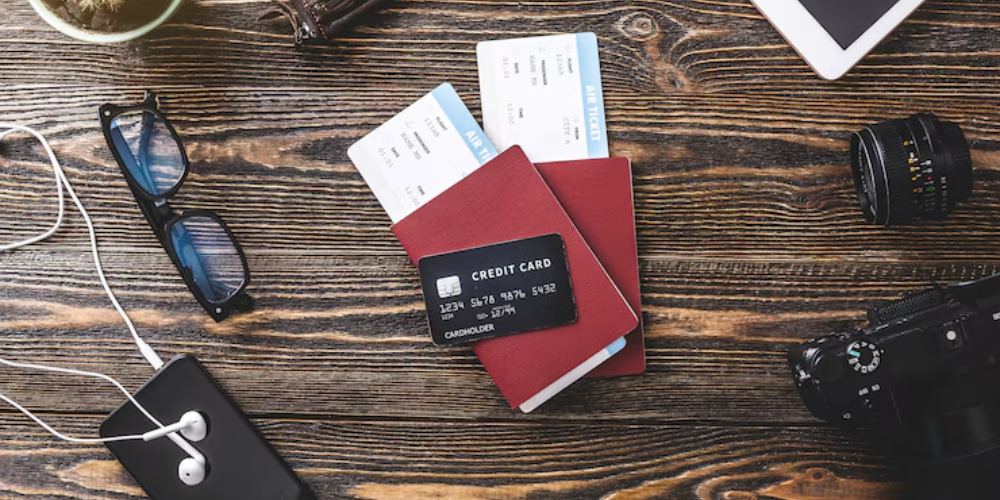An anxious attachment style often originates from childhood, specifically from how emotional bonds were formed or lacked with caregivers. Experiences of insecurity and distrust shape it during these formative years. Recognizing that your interactions during childhood have influenced your current relational patterns is a critical first step toward healing. This comprehensive guide will explore how to fix anxious attachment style in simple steps.
What Are the Signs of Anxious Attachment Style?
To start addressing an anxious attachment style, it's essential to identify its manifestations:
- You might feel intense discomfort at the thought of being alone.
- You may prioritize others' needs over your own to an unhealthy extent.
- You could struggle with low self-esteem, fearing abandonment and rejection.
- You might find yourself needing constant validation from your partner or others.
These signs are indicative of an attachment style that can make relationships challenging and emotionally draining.

Timur Weber | Pexels | To start fixing an anxious attachment style, it's essential to identify its signs.
How to Fix Anxious Attachment Style in 6 Steps
Addressing an anxious attachment style involves several steps, each building towards developing a more secure and confident relational pattern.
1. Recognize the Signs and Understand Attachment Theory
The first step is about self-awareness—recognizing the signs of anxious attachment in your behavior and understanding the underlying theories. Knowing that there are different attachment styles (secure, anxious, and avoidant) and identifying which one relates to you can illuminate why specific patterns repeat in your relationships.
2. Engage in Corrective Emotional Experiences
Transformative change often begins with acknowledging and understanding the pain from past experiences. By consciously choosing to update these old, painful narratives with positive experiences, you pave the way for healthier relationships. This could mean recalling times when you felt loved and worthy, not just by others but also by yourself.

Andrea Piacquadio | Pexels | Recalling times when you felt loved and worthy, not just by others but also by yourself, can help you overcome your anxious attachment style.
3. Form Relationships with Securely Attached Individuals
Interacting with people who exhibit secure attachment styles can teach you the importance of emotional closeness and stability in relationships. Such interactions can also encourage you to express your emotional needs more confidently, helping you set healthier boundaries.
4. Build Self-Esteem and Authentic Expression
Improving your self-esteem is crucial. Focus on recognizing your worth, accepting your body and mind, and valuing your skills without comparisons. Higher self-esteem will reduce fears of rejection and the need for constant reassurance, enabling you to express your needs and emotions more authentically.
5. Practice Mindfulness and Self-Regulation
Mindfulness helps you stay present and aware, recognizing triggers without reacting impulsively. Learning to control your responses, especially in emotionally charged situations, can significantly improve your handling of relationship conflicts.

Image by Freepik | Mindfulness helps you stay present and aware, recognizing triggers without reacting impulsively.
6. Consider Therapy
Therapy can be a valuable resource for understanding and changing one's attachment style. Whether through cognitive-behavioral therapy, emotionally focused therapy, or interpersonal therapy, professional guidance can offer insights into one's attachment patterns and provide strategies for developing secure, healthy relationships.
By taking these steps, you can move from an anxious attachment style toward a more secure way of relating to others, enhancing your well-being and relationships.














